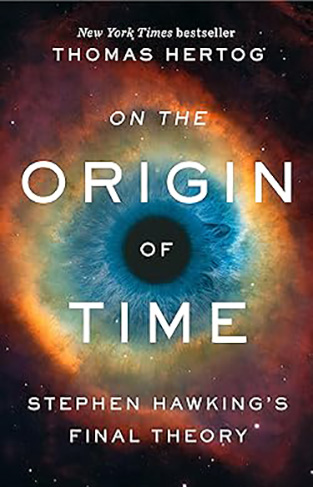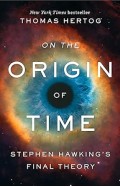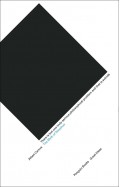On the Origin of Time - Stephen Hawking's Final Theory
By: Thomas Hertog
-
Rs 2,236.00
- Rs 2,795.00
- 20%
You save Rs 559.00.
Due to constant currency fluctuation, prices are subject to change with or without notice.
“This superbly written book offers insight into an extraordinary individual, the creative process, and the scope and limits of our current understanding of the cosmos.”—Lord Martin Rees
Perhaps the biggest question Stephen Hawking tried to answer in his extraordinary life was how the universe could have created conditions so perfectly hospitable to life. In order to solve this mystery, Hawking studied the big bang origin of the universe, but his early work ran into a crisis when the math predicted many big bangs producing a multiverse—countless different universes, most of which would be far too bizarre to harbor life.
Holed up in the theoretical physics department at Cambridge, Stephen Hawking and his friend and collaborator Thomas Hertog worked on this problem for twenty years, developing a new theory of the cosmos that could account for the emergence of life. Peering into the extreme quantum physics of cosmic holograms and venturing far back in time to our deepest roots, they were startled to find a deeper level of evolution in which the physical laws themselves transform and simplify until particles, forces, and even time itself fades away. This discovery led them to a revolutionary idea: The laws of physics are not set in stone but are born and co-evolve as the universe they govern takes shape. As Hawking’s final days drew near, the two collaborators published their theory, which proposed a radical new Darwinian perspective on the origins of our universe.
“This superbly written book offers insight into an extraordinary individual, the creative process, and the scope and limits of our current understanding of the cosmos.”—Lord Martin Rees
Perhaps the biggest question Stephen Hawking tried to answer in his extraordinary life was how the universe could have created conditions so perfectly hospitable to life. In order to solve this mystery, Hawking studied the big bang origin of the universe, but his early work ran into a crisis when the math predicted many big bangs producing a multiverse—countless different universes, most of which would be far too bizarre to harbor life.
Holed up in the theoretical physics department at Cambridge, Stephen Hawking and his friend and collaborator Thomas Hertog worked on this problem for twenty years, developing a new theory of the cosmos that could account for the emergence of life. Peering into the extreme quantum physics of cosmic holograms and venturing far back in time to our deepest roots, they were startled to find a deeper level of evolution in which the physical laws themselves transform and simplify until particles, forces, and even time itself fades away. This discovery led them to a revolutionary idea: The laws of physics are not set in stone but are born and co-evolve as the universe they govern takes shape. As Hawking’s final days drew near, the two collaborators published their theory, which proposed a radical new Darwinian perspective on the origins of our universe.
On the Origin of Time - Stephen Hawking's Final Theory
By: Thomas Hertog
Rs 2,236.00 Rs 2,795.00 Ex Tax :Rs 2,236.00
Zubin Mehta: A Musical Journey (An Authorized Biography)
By: VOID - Bakhtiar K. Dadabhoy
Rs 472.50 Rs 1,050.00 Ex Tax :Rs 472.50
Waking Up: Searching For Spirituality Without Religion
By: Sam Harris
Rs 874.25 Rs 1,345.00 Ex Tax :Rs 874.25
The Facebook Effect: The Real Inside Story of Mark Zuckerberg and the Worlds Fastest Growing Company: The Inside Story of the Company That is Connecting the World
By: David Kirkpatrick
Rs 2,840.00 Rs 3,550.00 Ex Tax :Rs 2,840.00
The Hermitage Collections
By: Oleg Yakovlevich Neverov
Rs 25,346.25 Rs 33,795.00 Ex Tax :Rs 25,346.25
Waking Up: Searching For Spirituality Without Religion
By: Sam Harris
Rs 874.25 Rs 1,345.00 Ex Tax :Rs 874.25
No recently viewed books available at the moment.
Zubin Mehta: A Musical Journey (An Authorized Biography)
By: VOID - Bakhtiar K. Dadabhoy
Rs 472.50 Rs 1,050.00 Ex Tax :Rs 472.50
On the Origin of Time - Stephen Hawking's Final Theory
By: Thomas Hertog
Rs 2,236.00 Rs 2,795.00 Ex Tax :Rs 2,236.00
Waking Up: Searching For Spirituality Without Religion
By: Sam Harris
Rs 874.25 Rs 1,345.00 Ex Tax :Rs 874.25













-120x187.jpg?q6)
















